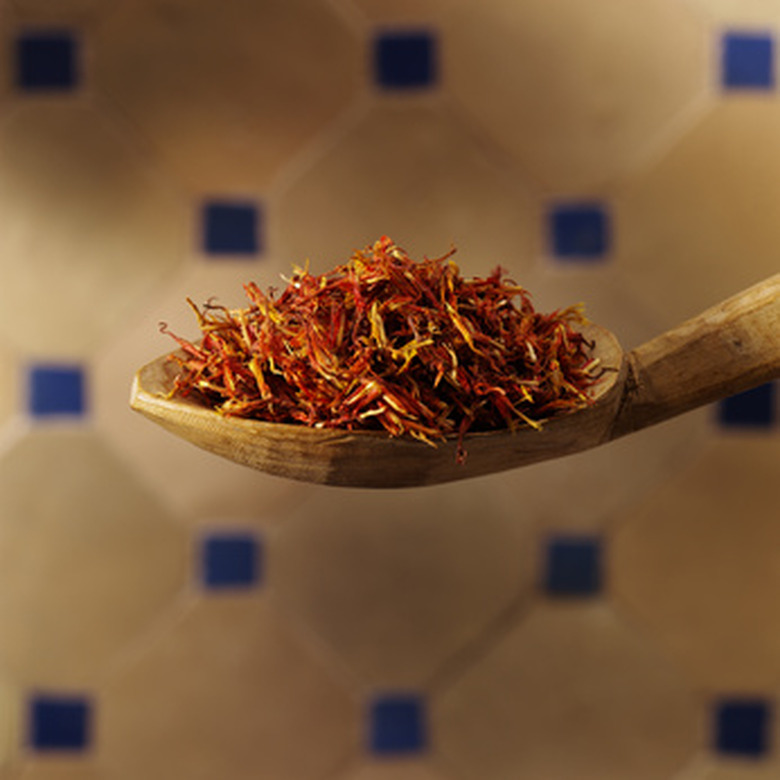Is Saffron Toxic?
Some parts of the saffron plant, commonly known as the autumn crocus, are toxic. Saffron stigmas are traditionally used as spice and dye; yet the plant's corms are poisonous and are never used for medicinal or culinary purposes.
Warnings
In large portions the poison present in saffron can negatively affect a body's central nervous system and kidneys. The plant's bulbs can be fatal to young children, and when consumed in excess, the stigmas act as a narcotic. Saffron is a uterine stimulant and should not be consumed by pregnant women.
Doses
Saffron is fatal to any human if consumed in doses exceeding 10 grams. When used as an herbal remedy, steep 6 to 10 stigmas in a half cup to one cup of hot water and consume just once daily. There have been no toxins related to saffron when used for culinary purposes.
- Some parts of the saffron plant, commonly known as the autumn crocus, are toxic.
- Saffron stigmas are traditionally used as spice and dye; yet the plant's corms are poisonous and are never used for medicinal or culinary purposes.
Uses
Many Mediterranean, Moorish, and Asian cuisines call for saffron, as it adds color and flavor to rice; it is often used on fish and seafood as well. In small doses, it has been used to treat coughs, infertility, depression and colds. Saffron substitutes include turmeric and safflower.
Harvest & Store Saffron Corms
Break up the soil around each cluster of corms in summer after the foliage begins to die back, using a trowel. Lift the saffron corms out of the loosened soil. Break the plate off the corm and discard it. The cormels form just above the basal plate. Line a box with a 2-inch layer of dry peat moss. Plant the corms in late summer or early fall, sowing each corm 2 inches deep and spacing them 4 inches apart.
- Many Mediterranean, Moorish, and Asian cuisines call for saffron, as it adds color and flavor to rice; it is often used on fish and seafood as well.
- Break up the soil around each cluster of corms in summer after the foliage begins to die back, using a trowel.
